1
No Need to Download Cloud Apps
The Files app allows you to access files from cloud storage services like OneDrive, Google Drive, and Dropbox. However, you need to download their respective apps if you want them to appear in Files.
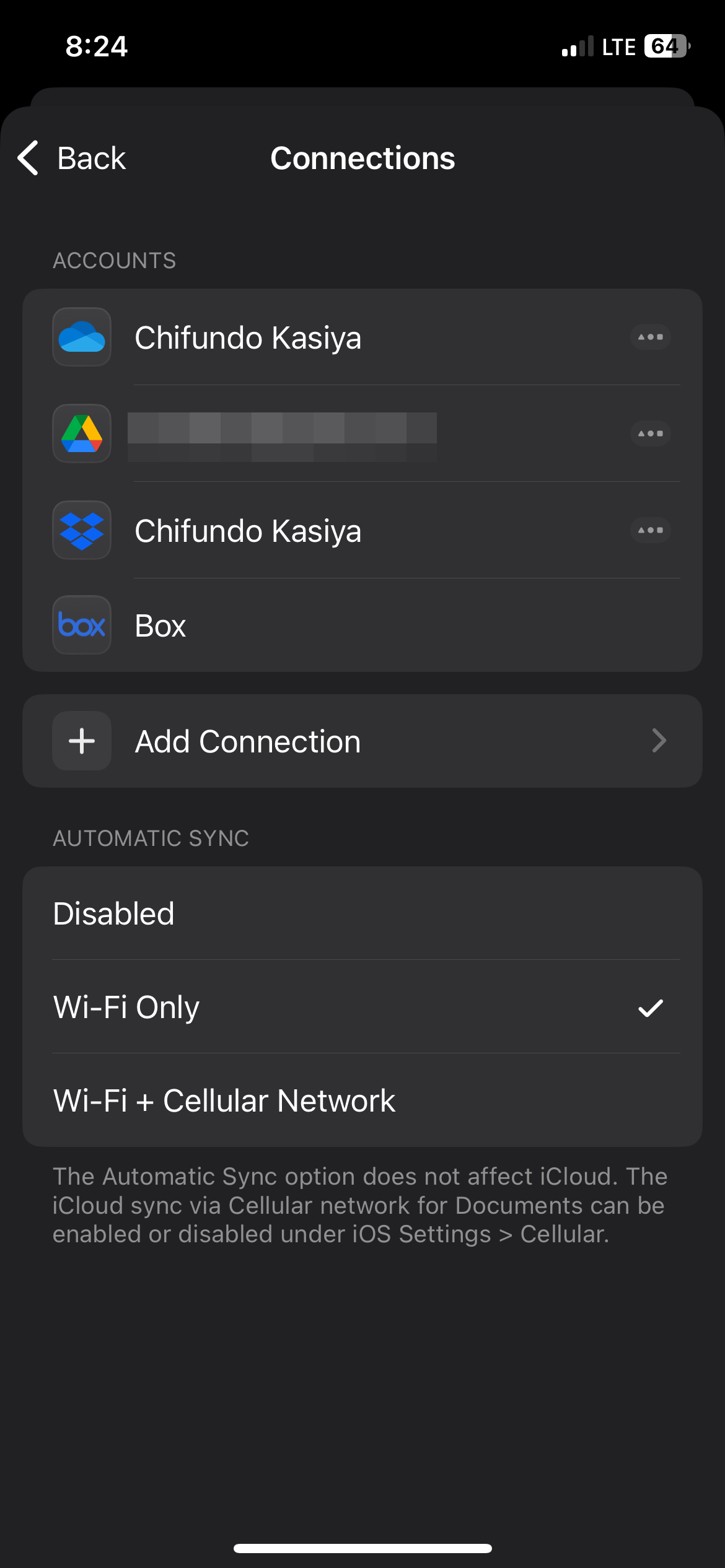
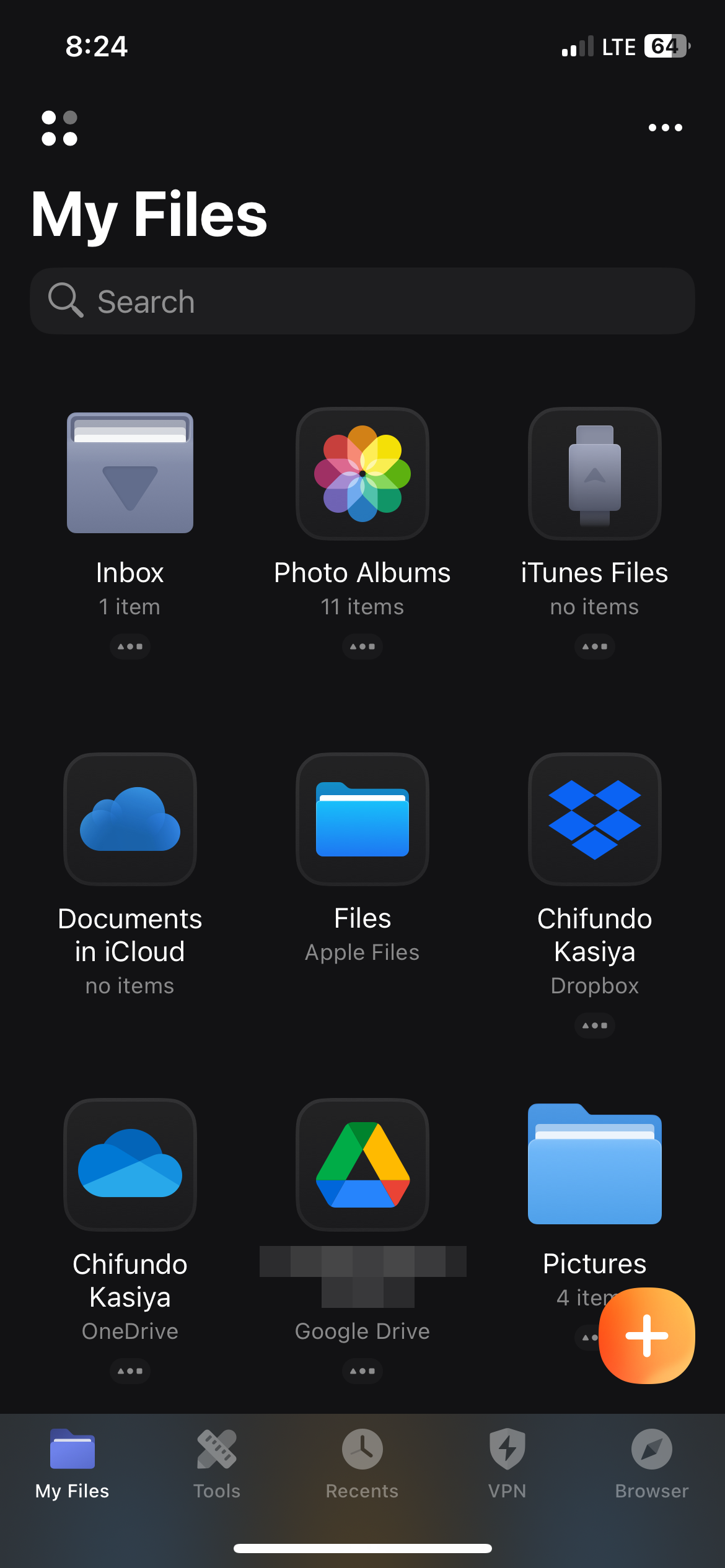
With the Documents app, you can connect to these cloud storage services without downloading anything. This prevents needless app switching and saves storage space.
2
It’s Easier to Transfer Files Over Wi-Fi
Files can connect to your computer, but the process has never worked for me. I understand that this is not the app’s fault but more likely my inability to figure it out. However, an argument can be made that it could be easier, like in Documents.
As long as your computer and iPhone are connected to the same Wi-Fi network, connecting them only takes a few steps. You go to docstransfer.com in your computer’s web browser, scan the QR code with your iPhone’s camera, and that’s it—the iPhone will become an external hard drive.
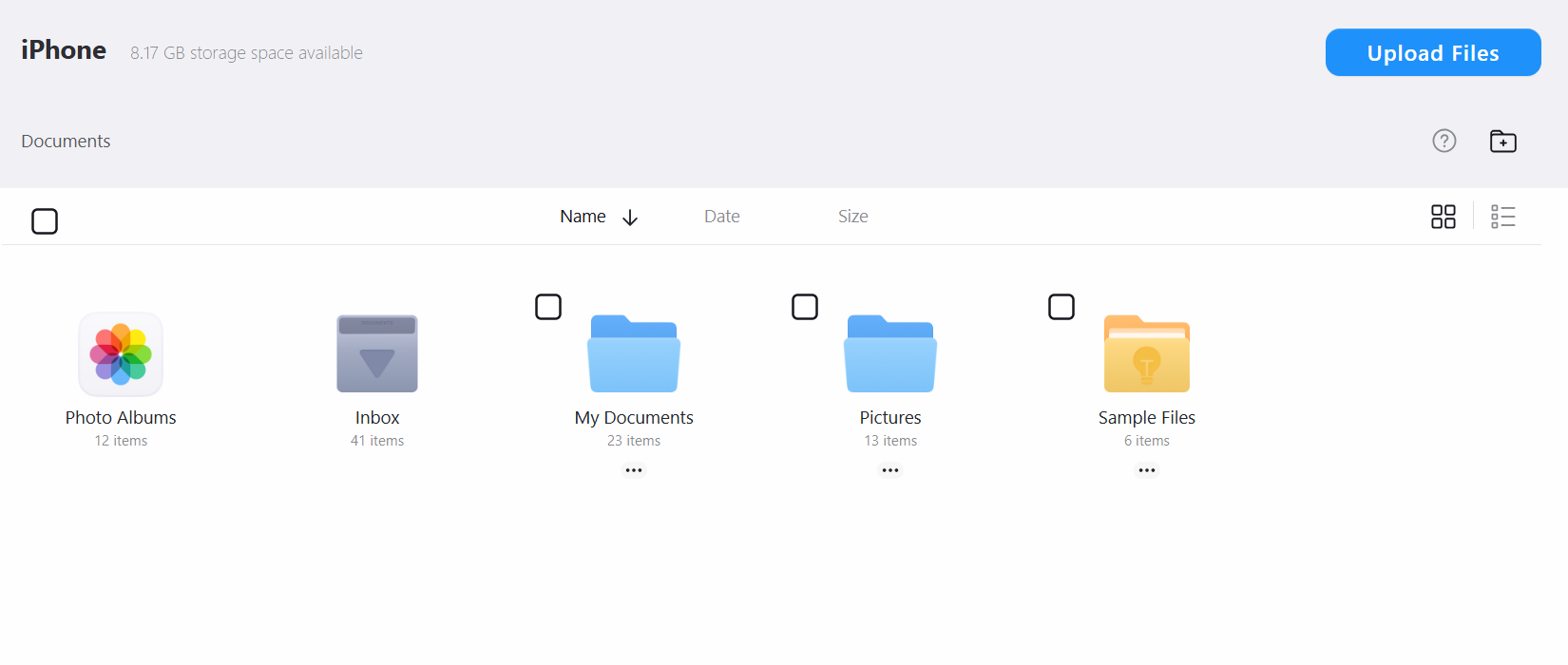
From there, you can transfer files between your computer and iPhone. You can also stream content from your iPhone to the computer’s web browser.
Documents can also act like a WebDAV server, allowing you to connect your other devices with a modern web browser. For instance, I can connect it to my Android tablet and transfer files between them or stream media.
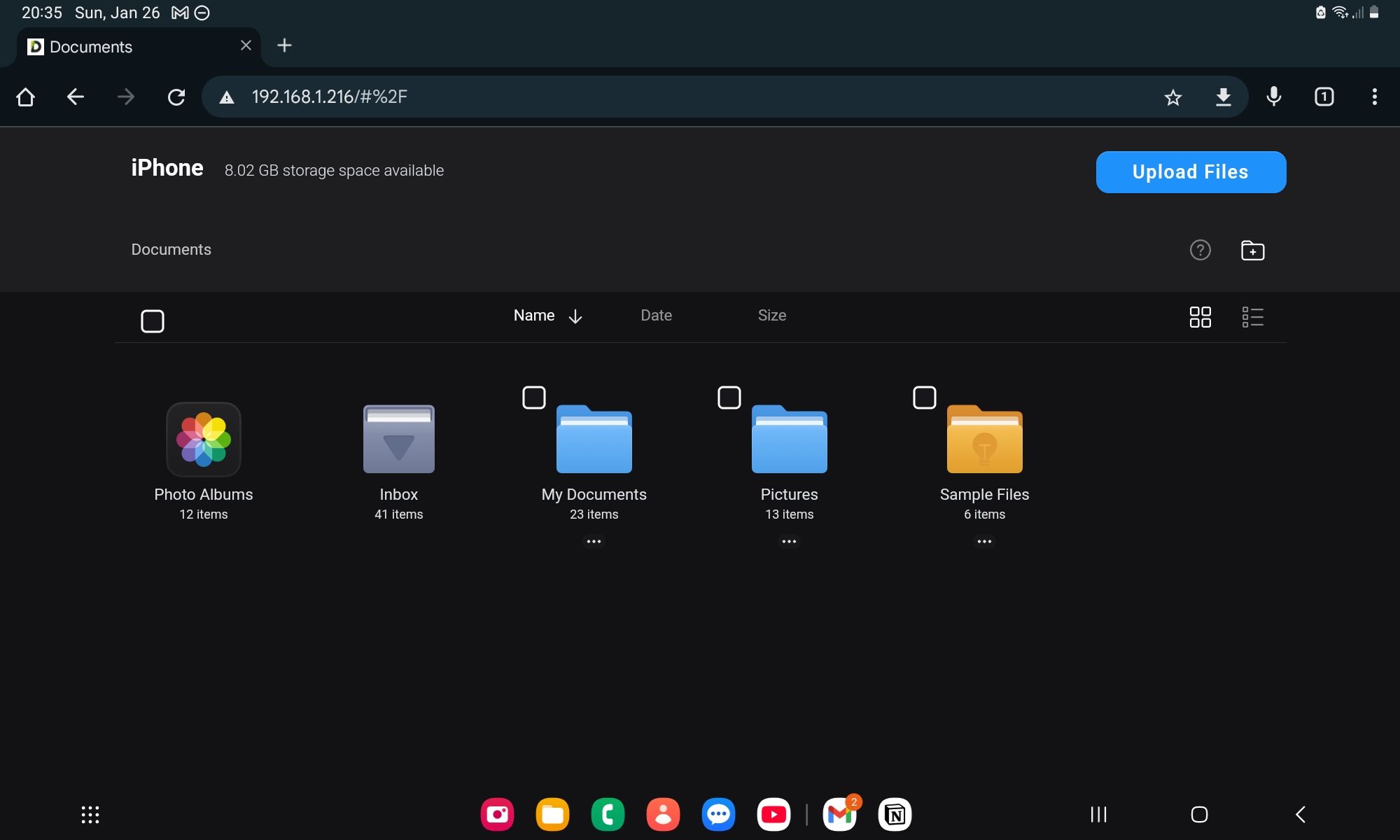
The Files app can play audio and videos stored on your device, but the player is pretty basic compared to the one in Documents. For instance, you can queue, trim, and even transcribe (using the app’s AI model) audio files in Documents.
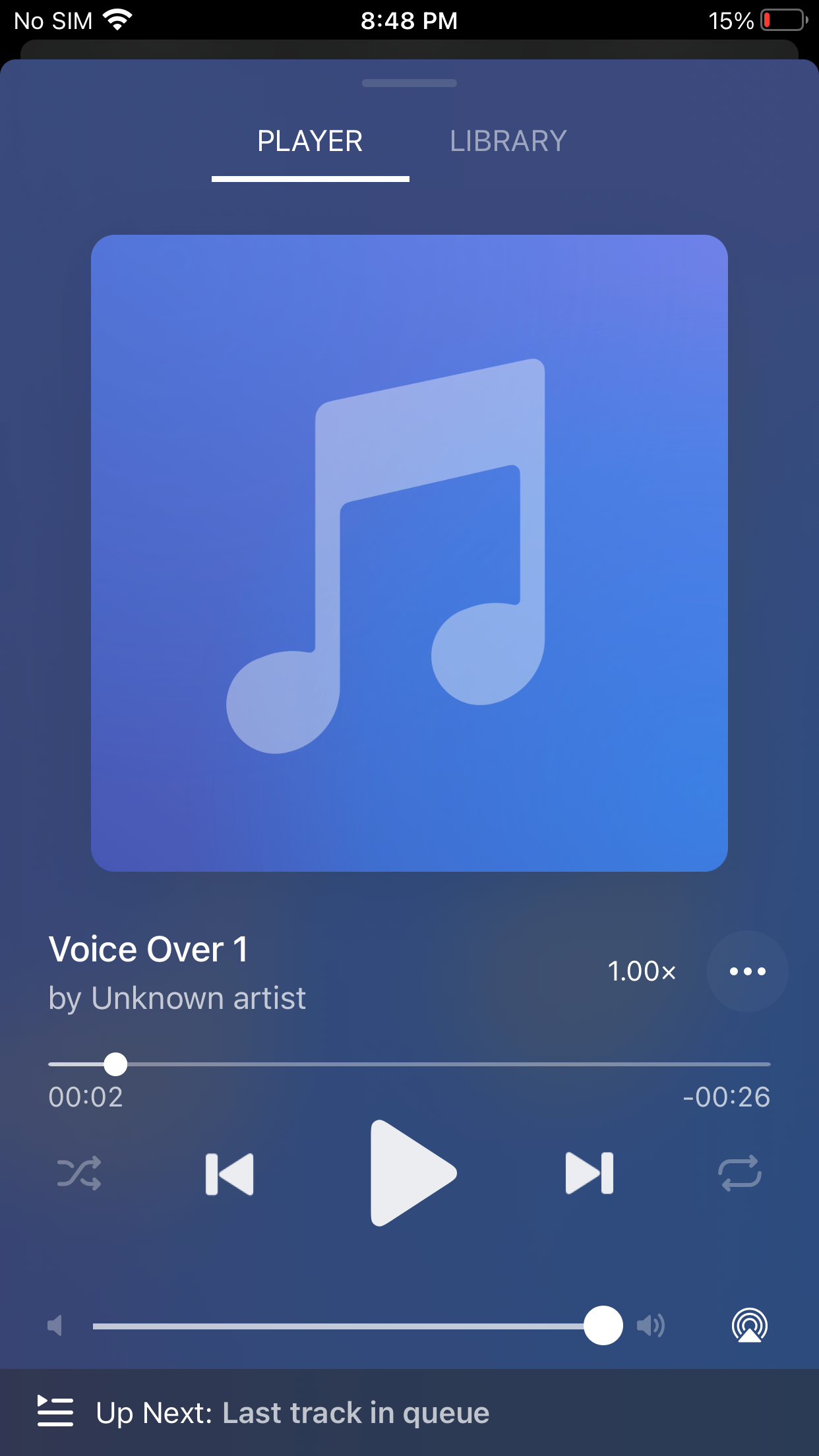
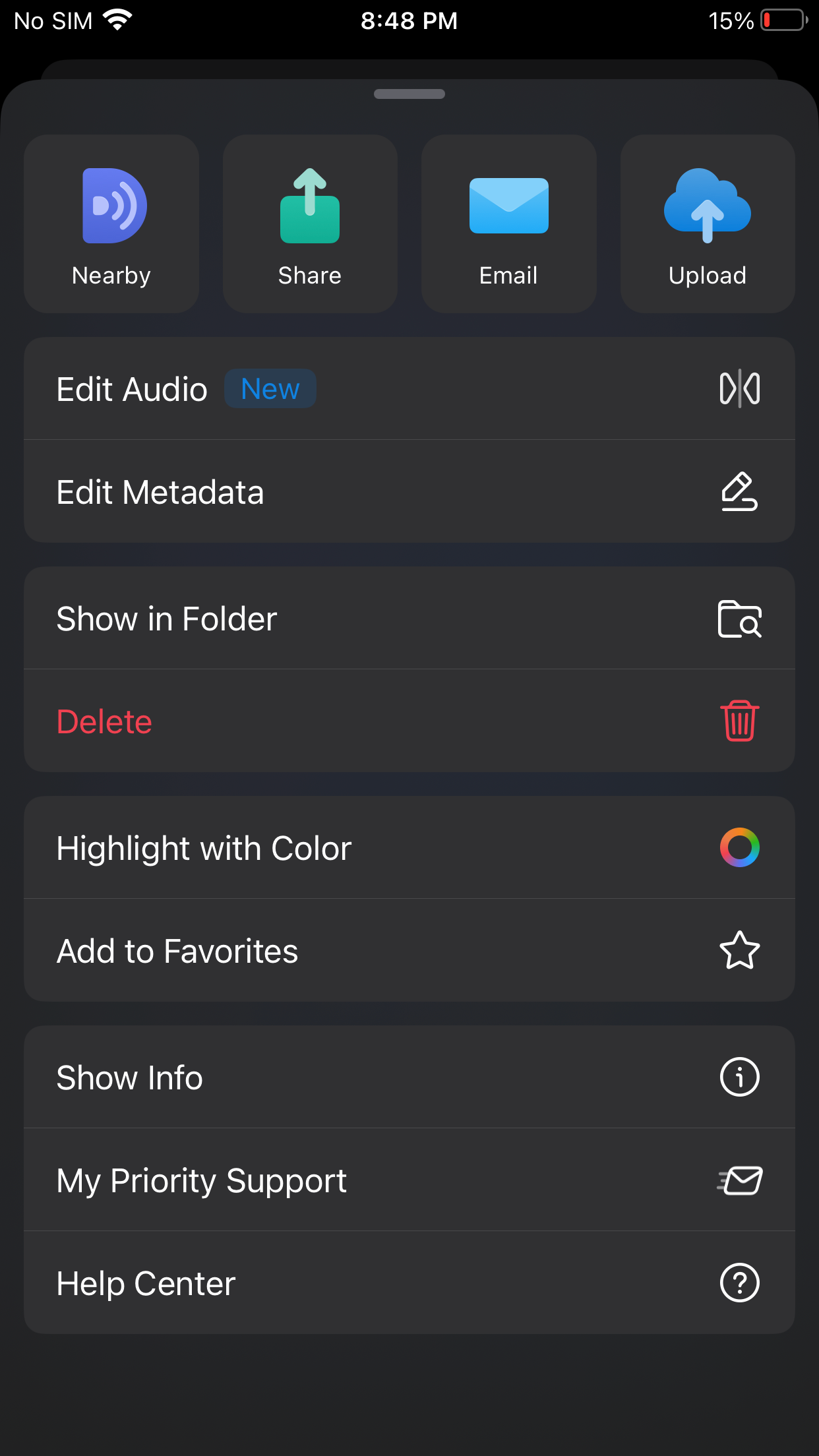
The video player in Documents also has more features, but the biggest ones for me are the ability to play MKV files (no need to download an iPhone video player like VLC or the ad-riddled MX Player) and stream to a Chromecast device. Furthermore, I like how Documents’ video player can play movies with subtitles (if they’re embedded), as well as transcribe and extract audio from videos.

The Files app allows you to open and edit PDF files quickly. However, as someone who needs more PDF management, the app’s offerings are limited. In addition to annotating and signing PDFs, Documents allows me to edit their text. This works if the PDF file has selectable text, meaning it wasn’t created from an image or scanned document.
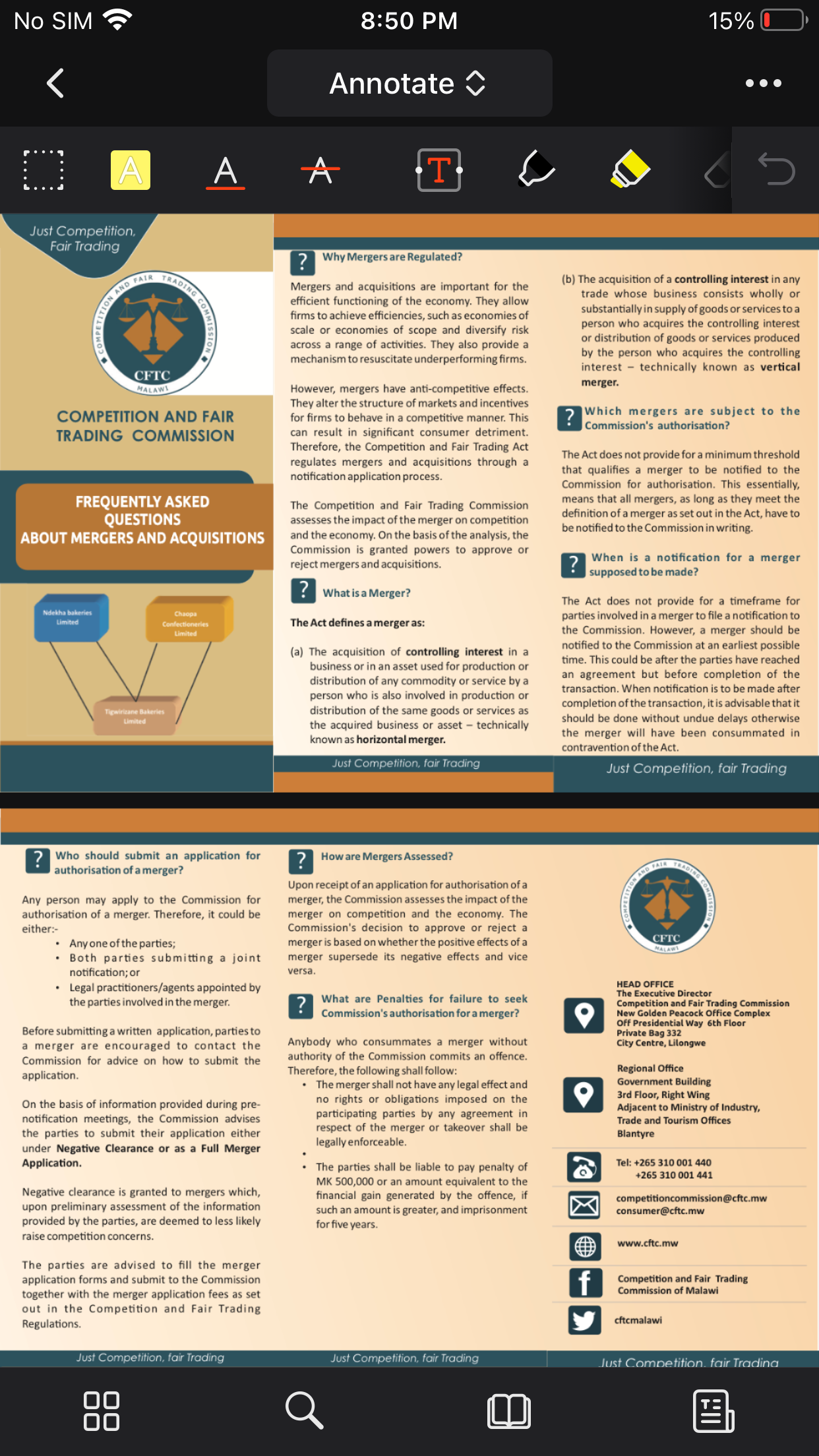
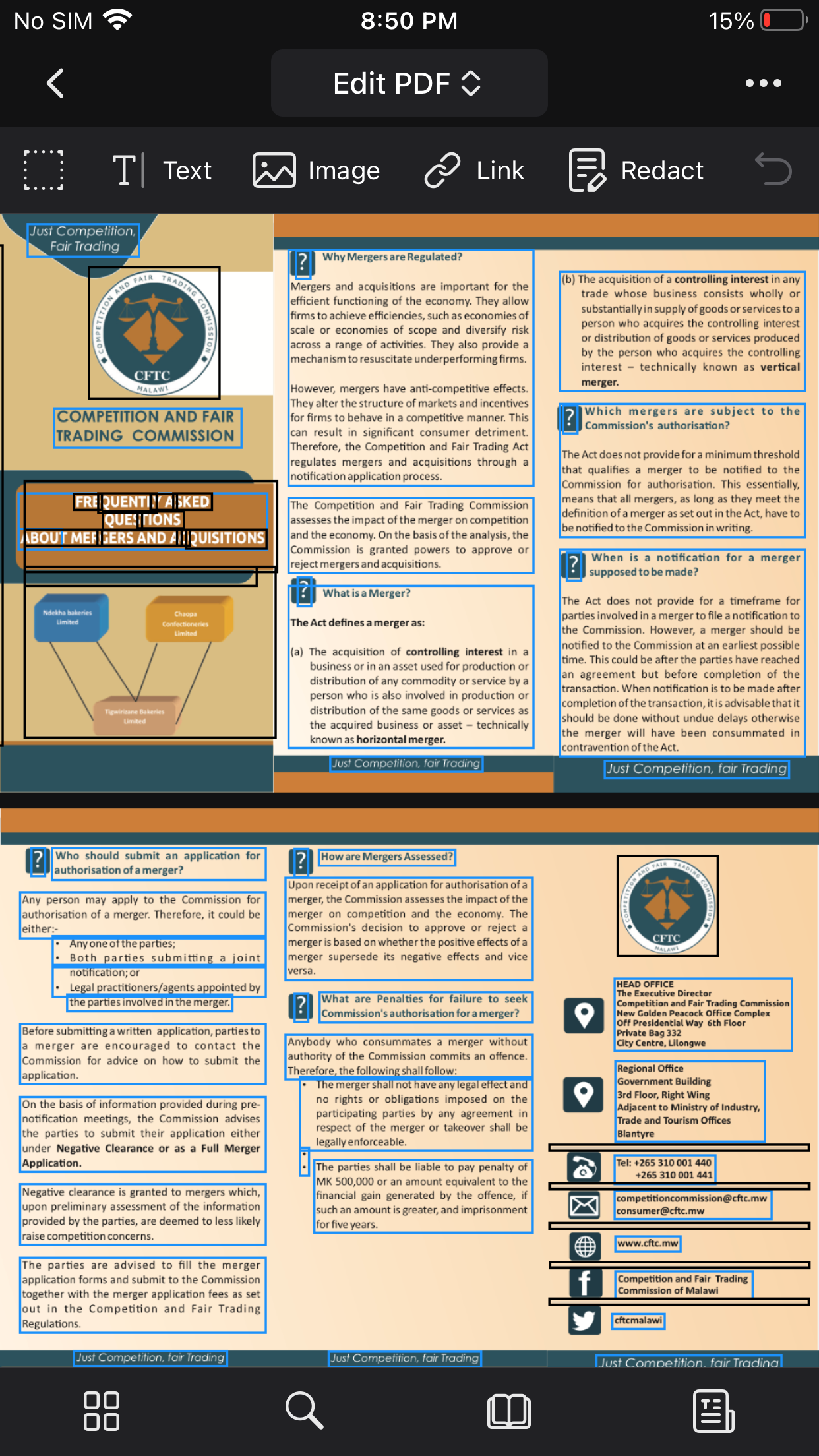
The Documents app also allows me to extract or delete specific pages from PDF files and convert them to other formats, such as plain text, Word documents, Excel sheets, and vice versa.
5
Search by Content and Filtering
Since I work with many downloaded files on my iPhone, I may not always remember their names when searching for them. This can happen if the file is not named correctly or if there are files with similar names. Luckily, Documents allows me to search for any keyword or phrase contained in the document (if I can remember it).
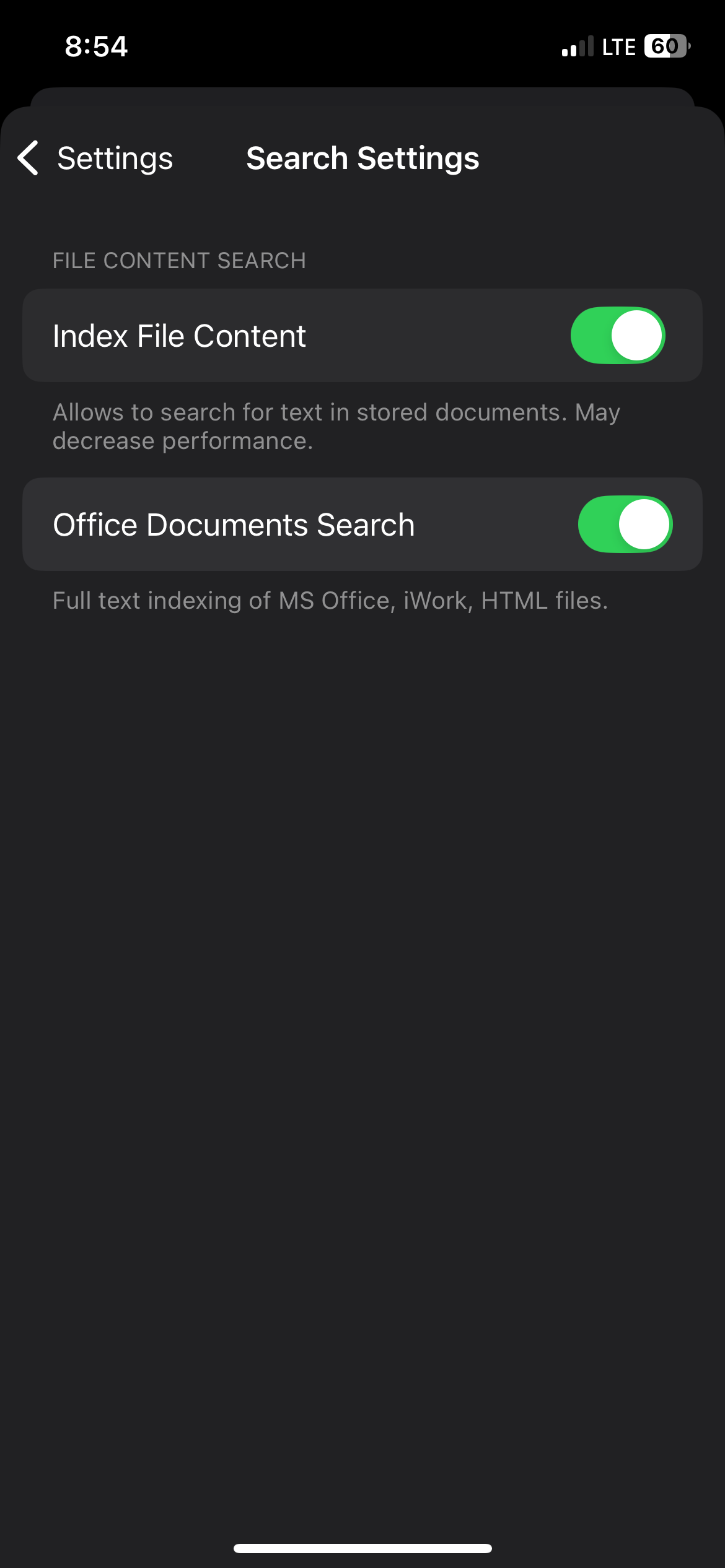
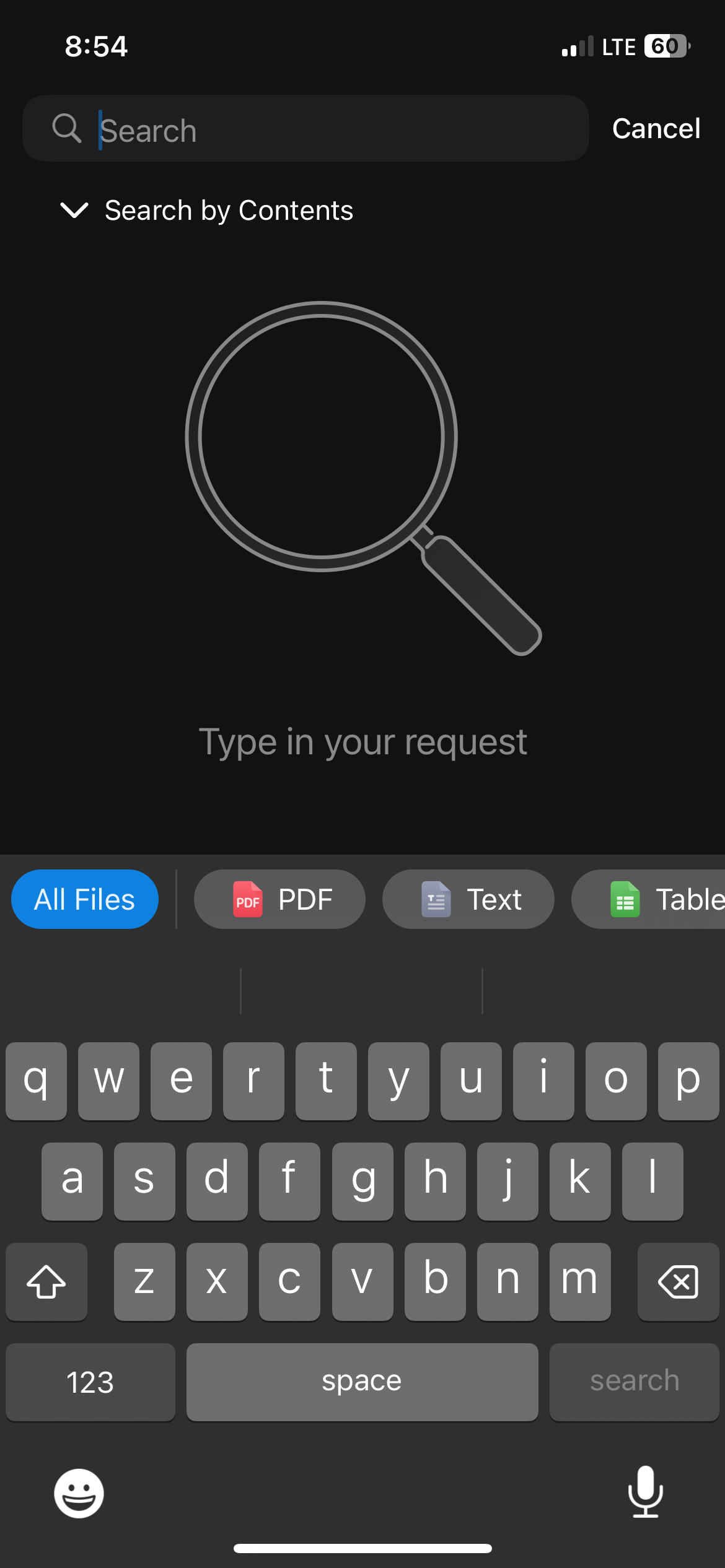
Also, the search functionality in Documents allows users to filter files by type, making it much easier to find specific documents like PDFs or images when there are many files stored.
Documents is free to download from the App Store, and you can enjoy some of the basic features similar to what Files provides. However, you will need to pay a subscription fee, starting from $9.99 per month, to unlock some of its advanced tools, like converting files to PDF and transcribing video.
6
You Can Lock the App With a Passcode
If you are using the latest iOS version, you can set any app to require Face ID to open it. I enabled this for many of the important apps on my iPhone, including the Files app, since it holds a lot of sensitive files. However, when my phone had an issue with the ear speaker (the one used during calls), I sent it off for repairs, and it returned with Face ID not working.
Luckily, the Documents app allows me to set a passcode that adds an extra layer of security as well. On iPhone 8 or older, you can set this to require Touch ID to open. I like how Documents allows you to secure your files if the default iPhone method doesn’t work.
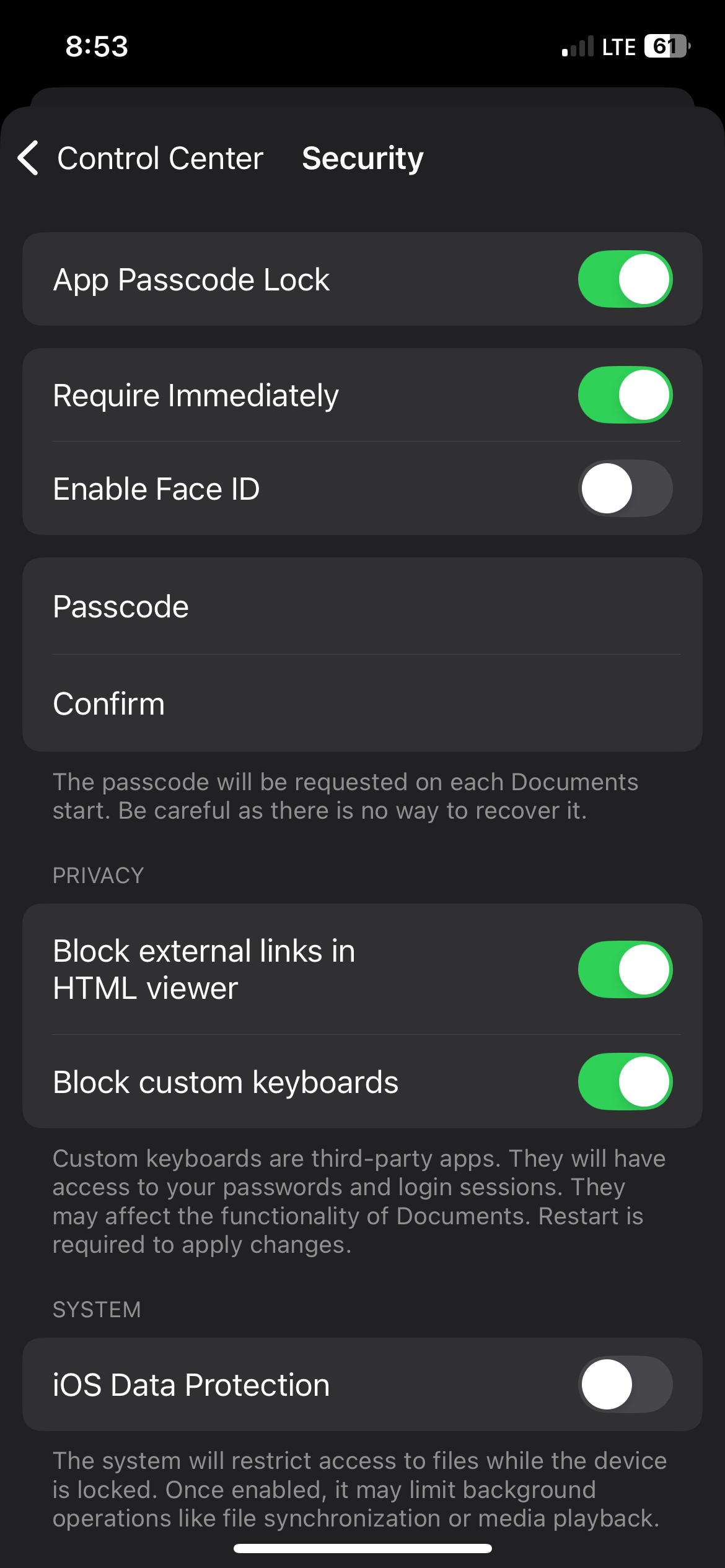
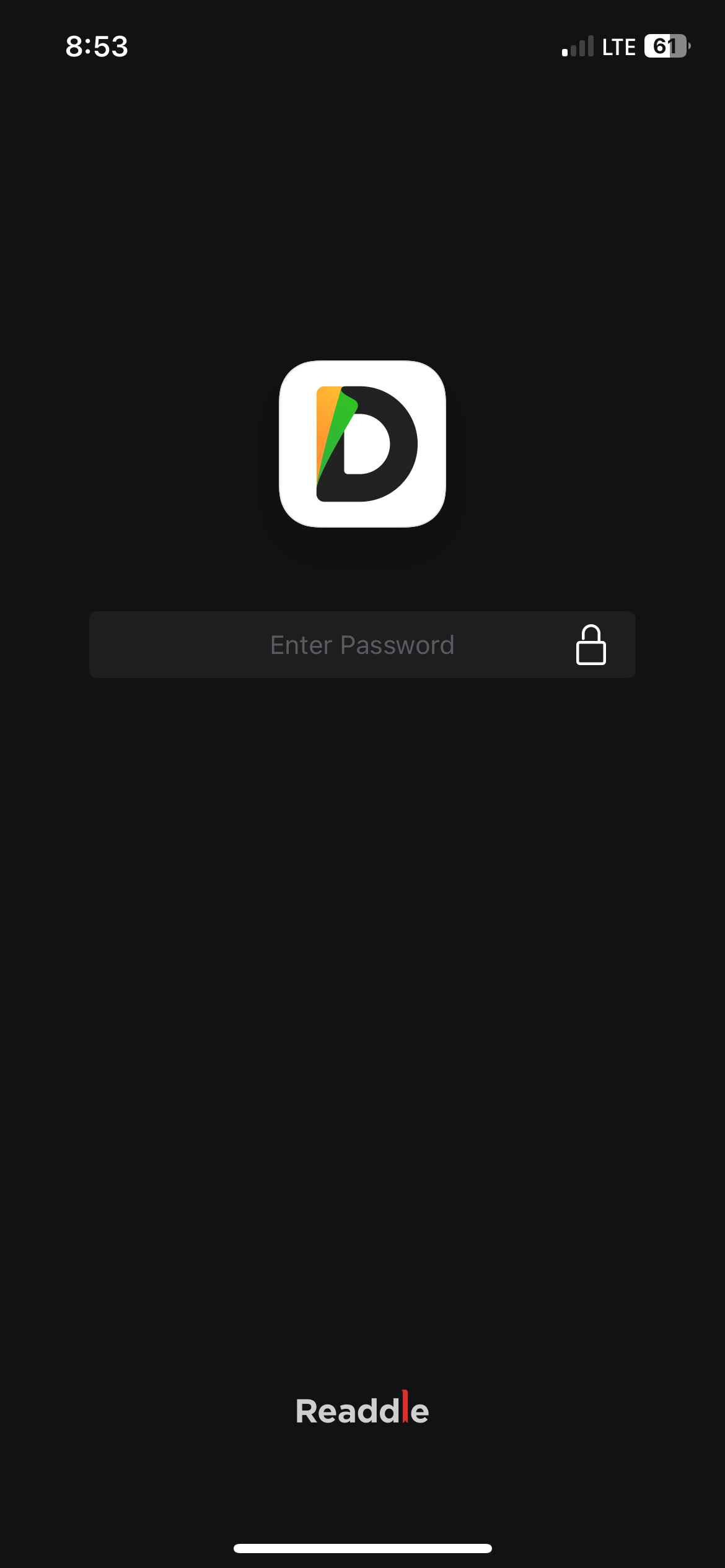
7
More Than A File Management App
Beyond being a file management app, Documents by Readdle also has a built-in browser and a VPN. I don’t use the VPN much—mostly because you only get 5 MB daily unless you pay more, even on the base paid plan. But the browser comes in handy when I need to quickly search for something on the internet or download a file directly into Documents without switching apps.
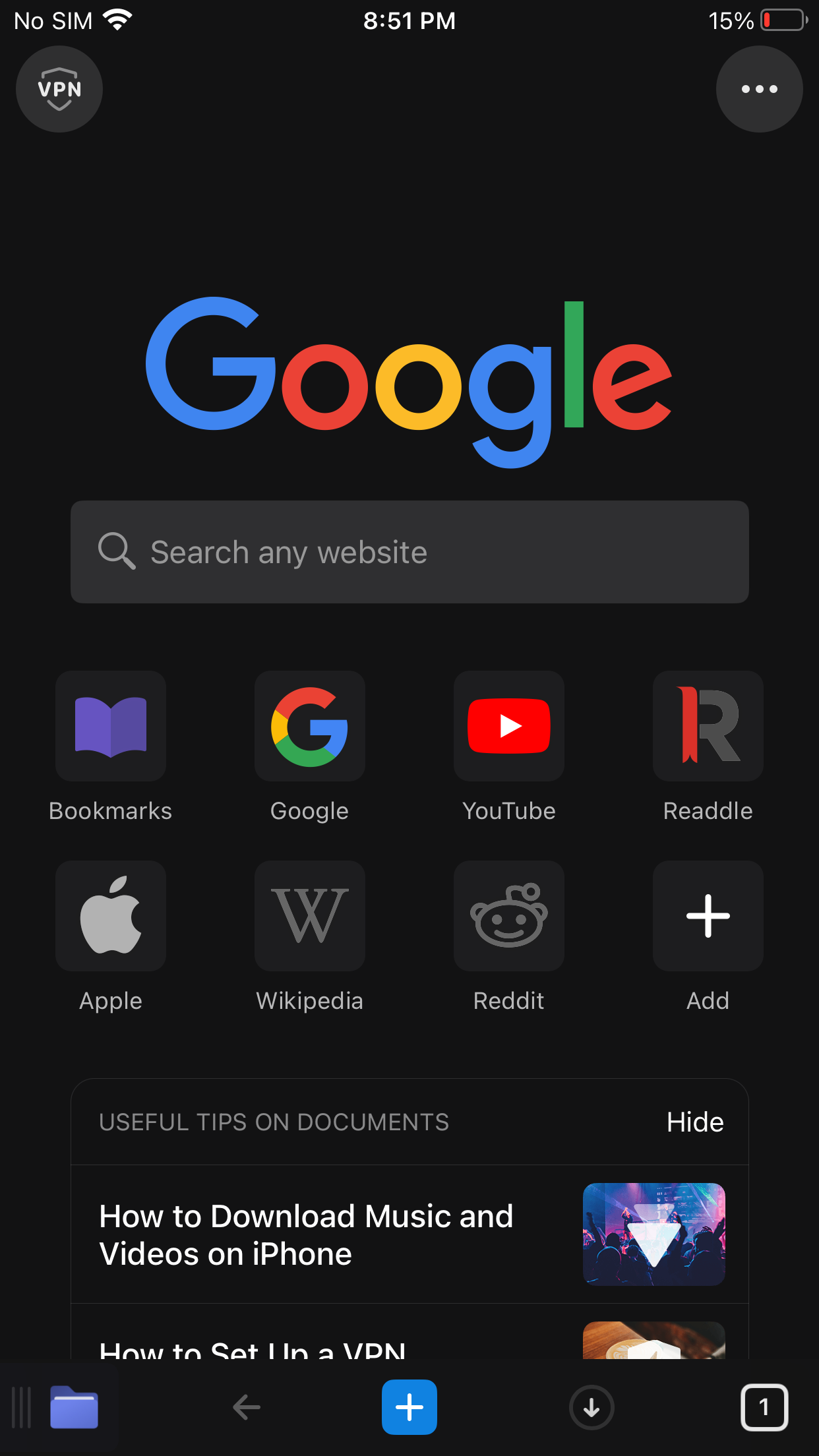
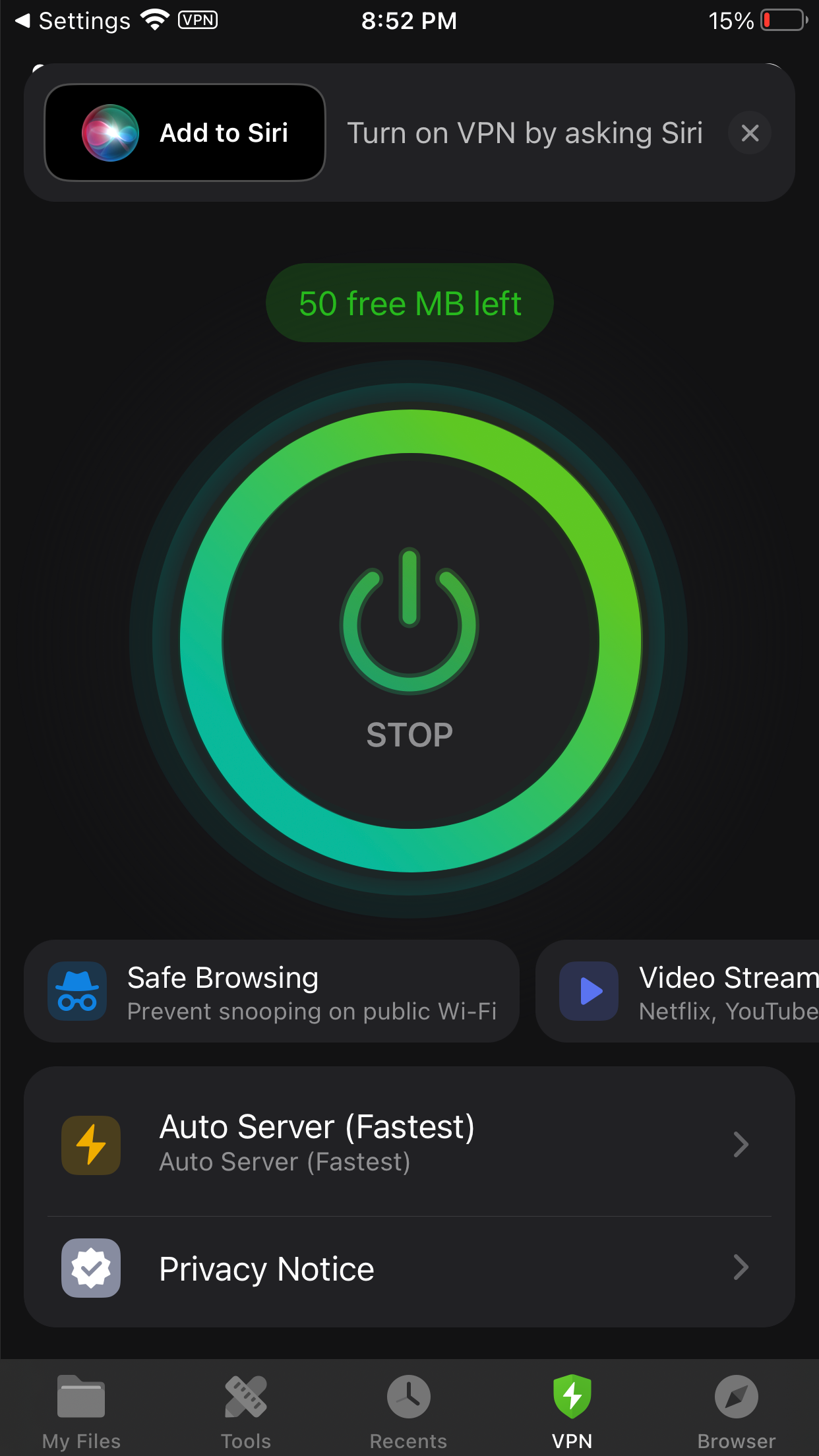
If any of the features mentioned above appeal to you, then I recommend trying the Documents app. I like how it offers more ways to manage files and be productive on my iPhone. I am happy to pay for the subscription, especially for the PDF editing tools and AI video transcriptions. But if you need a tool for everyday file management that fits seamlessly into the Apple ecosystem, then you can stick with Files.



